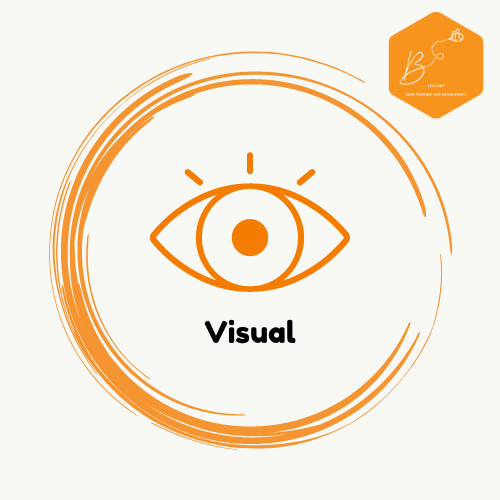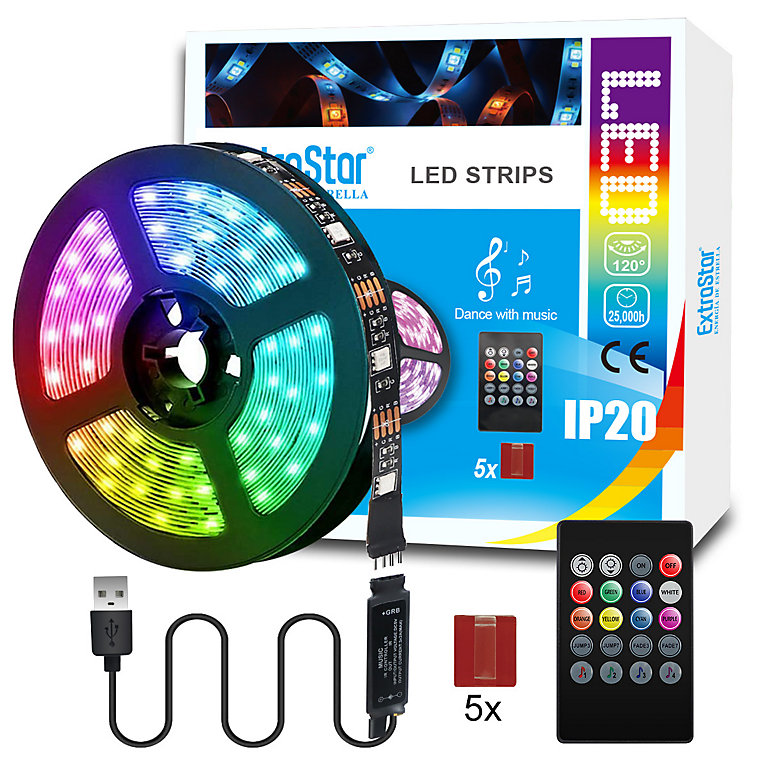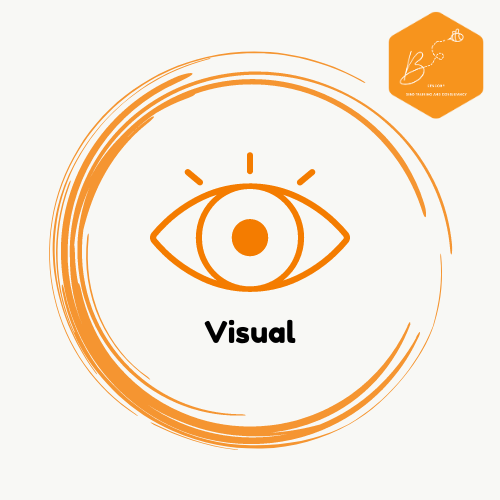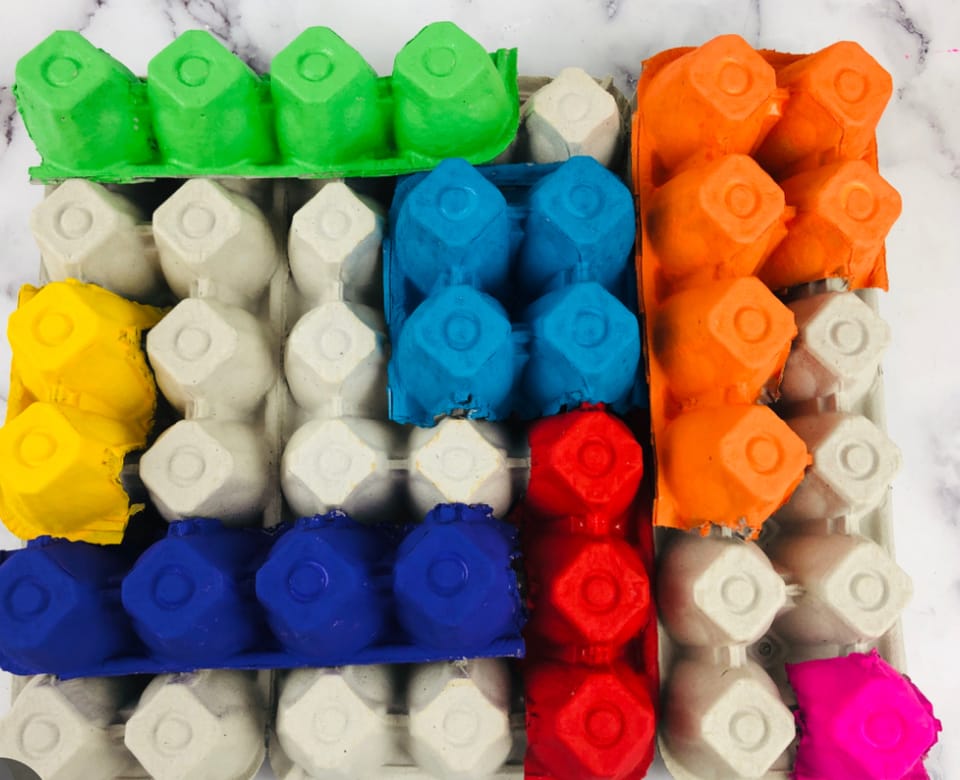Visual Processing Environmental Adjustments

Creating a visual sensory friendly environment, is one of the easiest adjustments we can make.
Creating a sensory-friendly classroom involves designing a space that accommodates the diverse sensory needs of all students. Here's a guide to creating a visual sense sensory-friendly classroom:
- Understanding Sensory Needs: Recognise that each student may have different sensory needs. Some may be hypersensitive to visual stimuli, while others may seek out visual input.
- Flexible Seating Arrangements and desk dividers: Allow for flexible seating arrangements to accommodate different sensory preferences. Use of desk dividers can reduce the amount of visual information from the classroom environment and organise stationary.
- Reduce Visual Clutter: Minimise visual clutter in the classroom by keeping walls, bulletin boards, and displays clean and organised. Remove unnecessary decorations or distracting materials that may overwhelm students with sensory sensitivities.
- Use Calming Colors: Choose calming and neutral colors for the walls and furniture to create a soothing environment. Soft blues, greens, and earth tones are often preferred, as they can help reduce visual overstimulation. Use of natural materials on display boards and reducing colour on titles and backing.
- Adjust Lighting: Ensure that lighting is adjustable to accommodate students who are sensitive to bright or fluorescent lights. Use natural light whenever possible and consider adding LED strip lights or lower lighting.
- Visual Schedules and Supports: Implement visual schedules and routines to provide predictability and structure for students. Be cautious with the amount of pictures, colours on picture, words and lamination- pictures should be minimal, paper should be coloured, and lamination should be matt not gloss.
- Minimise worksheet and SmartBoard information: Reduce information on worksheets, either by cutting them up or boxing the information. Reduce images and colours. Use of coloured/recycled paper or use of reading overlays to reduce the amount of white. When using SmartBoards- reduce information, movement (bullet points whizzing in) and use a board overlay or change the colour of PowerPoint presentations backgrounds to a pastel colour.
- Be mindful of clothing and accessories: Reduce patterns and colours on clothing and try to aim to wear more neutral clothing. Lanyards should be plain and neutral as well.
- Dark Spaces and equipment: Designate darker areas or sensory corners where students can retreat to when feeling overwhelmed. Use of sunglasses or anti-glare glasses for pupils.
- Promote Student Input: Encourage students to provide input on classroom design and sensory accommodations. Foster a supportive environment where students feel comfortable expressing their needs and preferences.
- Regular Evaluation and Adjustment: Regularly evaluate the effectiveness of sensory accommodations and make adjustments as needed based on feedback from students, parents, and staff. Flexibility and responsiveness are key to creating a truly inclusive and sensory-friendly classroom environment.
Shopping List
Recommended Equipment to Support Inclusion of those with visual difficulties
ÖVNING desk divider with compartments - IKEA
ÖVNING desk divider with compartments Transform the kitchen table into a productive workspace or turn the living room into a place for deep concentration. This desk divider creates privacy, is easy to fold up and simple to move.

Extrastar LED Strips Light with Remote Control, power by USB, 3M | DIY at B&Q
The LED strip is designed to provide lighting in various settings, and it is powered by a USB connection. The strip measures 3 meters in length, making it suitable for use in a variety of spaces. The LED strip is flexible and can be easily attached to surfaces using the adhesive backing. It is made up of multiple LED lights that emit a warm white light, creating a cozy atmosphere. The strip is also equipped with a remote control, allowing you to easily adjust the brightness and color of the lights to suit your preferences. The LED strip can be used in a variety of settings, including bedrooms, living rooms, kitchens. It is a versatile and cost-effective lighting solution that can be used for decorative or functional purposes.

Coloured Overlay for Visual Sensitive Individuals - Coloured Overlay for Reduced Visual Stress — The Reading Wand
Coloured overlays for reading are transparent coloured sheets placed over text to assist with reading. They are primarily used to support individuals with Irlen Syndrome, also known as Scotopic Sensitivity Syndrome, a condition that affects the brain’s ability to process visual information.

Fadeless Natural Elements Display Pack
Beautiful earthy tones display poster paper for stunning classroom displays.







